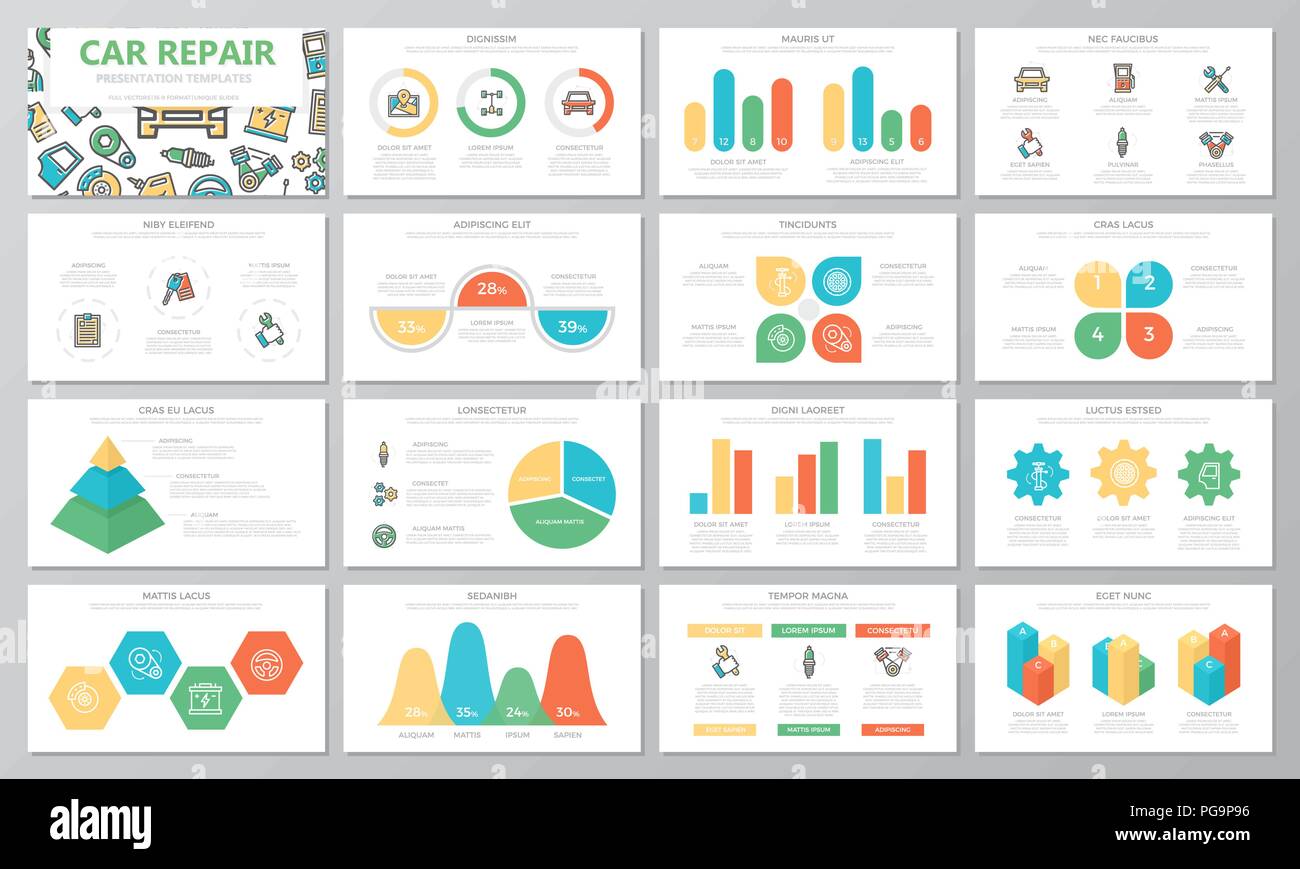Want To Learn More Regarding The Caution Lights On Your Control Panel? Reveal What They Suggest Regarding Your Automobile'S Health And Safety
Want To Learn More Regarding The Caution Lights On Your Control Panel? Reveal What They Suggest Regarding Your Automobile'S Health And Safety
Blog Article
Material By-Higgins Corbett
When you lag the wheel, those radiant caution lights on your dashboard can be a little bit perplexing. Do you know what they're attempting to inform you regarding your vehicle's health and wellness? Comprehending the significance of these lights is essential for your safety and the durability of your automobile. So, the following time among those lights appears, would not you wish to analyze its message accurately and take the necessary steps to address it?
Common Caution Lights and Interpretations
Determine typical warning lights in your automobile and understand their significances to make sure safe driving.
The most typical warning lights consist of the check engine light, which signals concerns with the engine or emissions system. If this light begins, it's important to have your lorry inspected quickly.
The oil pressure warning light shows reduced oil stress, needing instant attention to avoid engine damage.
A blinking battery light may recommend a damaged charging system, possibly leaving you stranded otherwise dealt with.
The tire pressure monitoring system (TPMS) light informs you to reduced tire pressure, impacting vehicle stability and fuel performance. Disregarding this can bring about hazardous driving conditions.
The abdominal light indicates a trouble with the anti-lock stopping system, endangering your capability to quit promptly in emergency situations.
Last but not least, the coolant temperature warning light warns of engine getting too hot, which can result in severe damages otherwise fixed promptly.
Recognizing these usual caution lights will certainly assist you attend to problems promptly and keep risk-free driving conditions.
Relevance of Prompt Attention
Understanding the common warning lights in your vehicle is only the first step; the significance of promptly dealing with these warnings can not be emphasized sufficient to guarantee your safety and security when driving.
When a caution light brightens on your control panel, it's your cars and truck's means of communicating a possible concern that requires focus. Neglecting botanyjunctioncargroomers can result in a lot more severe problems later on, endangering your safety and potentially costing you extra out of commission.
Motivate attention to warning lights can prevent malfunctions and accidents. For example, a blinking check engine light can indicate a misfire that, if left ignored, could create damages to the catalytic converter. Addressing this quickly can conserve you from a costly fixing.
In a similar way, a brake system cautioning light might indicate reduced brake liquid or used brake pads, important parts for your safety and security when driving.
DIY Troubleshooting Tips
If you see a caution light on your dashboard, there are a few DIY troubleshooting pointers you can attempt prior to looking for specialist aid.
read review is to consult your automobile's manual to understand what the particular warning light suggests. In some cases the problem can be as straightforward as a loosened gas cap setting off the check engine light. Tightening the gas cap might deal with the trouble.
https://brake-rotor-replacement-c17396.snack-blog.com/30212313/captivated-by-the-common-mistaken-beliefs-concerning-auto-outlining-look-into-the-realities-behind-these-misconceptions-and-find-out-exactly-how-expert-outlining-can-profit-every-vehicle-proprietor is a low battery, which can set off different cautioning lights. Examining the battery links for rust and guaranteeing they're protected might take care of the issue.
If a warning light continues, you can try resetting it by separating the automobile's battery for a few minutes and after that reconnecting it. In addition, inspecting your car's fluid degrees, such as oil, coolant, and brake liquid, can aid repair warning lights connected to these systems.
Conclusion
In conclusion, understanding your vehicle's warning lights is essential for keeping your car running efficiently and safely. By without delay dealing with these alerts and knowing what they mean, you can stay clear of pricey repair services and prospective failures.
Remember to consult your automobile's handbook for particular information on each advising light and do something about it accordingly to guarantee a hassle-free driving experience.
Remain educated, remain safe when traveling!
